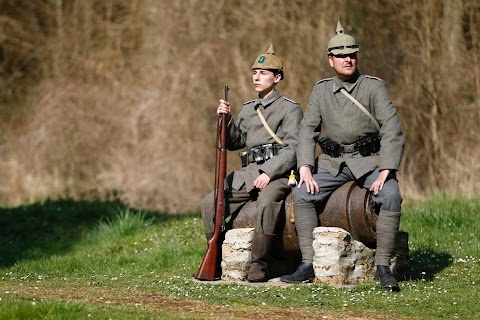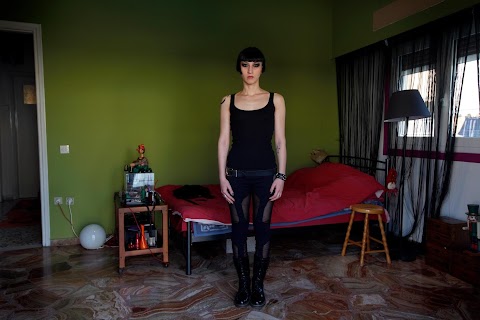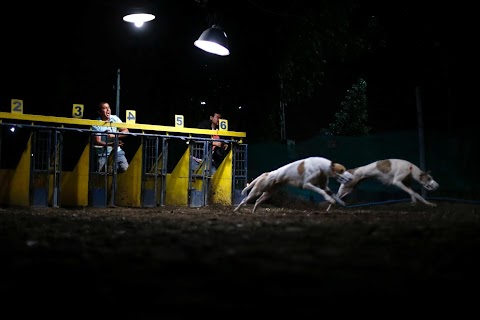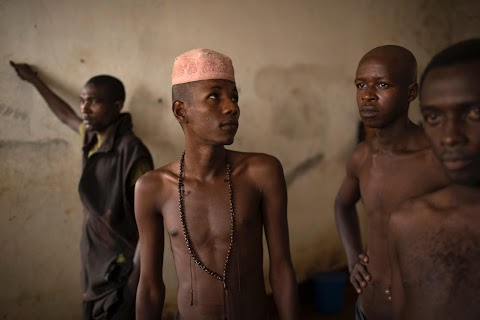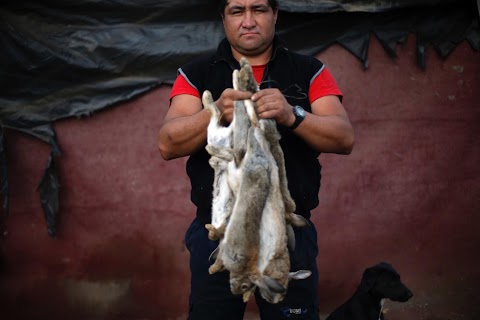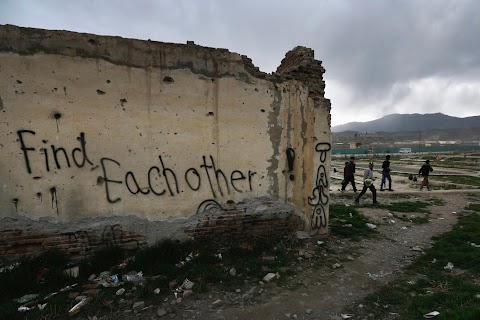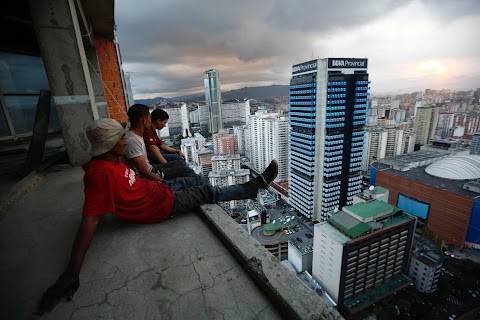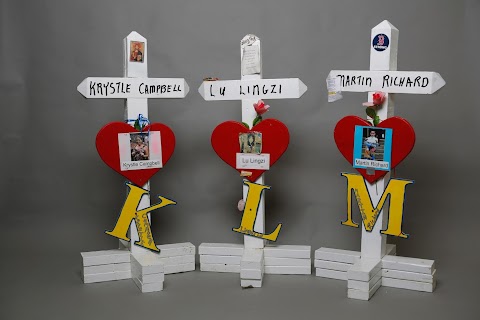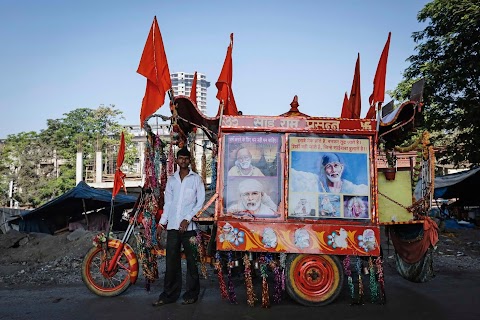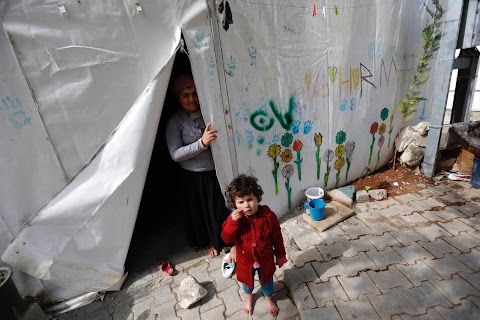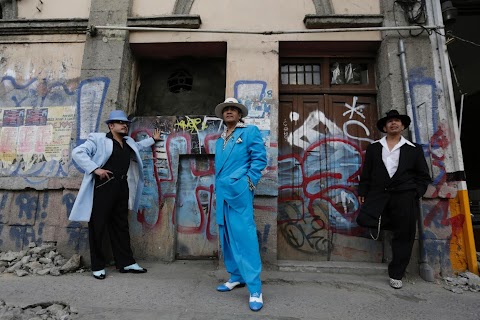
Keeping it snappy
 Henry Romero
Henry Romero
Kitted out in zoot suits, snazzy shoes and brimmed hats, so-called “pachucos” add a dash of style to the Mexican capital.
The pachuco scene is thought to date back to the 1930s and 40s in Los Angeles, where Mexican migrants would wear the snappy outfits, partly as a symbol of defiance against discrimination. The trend is still alive in Mexico City today, as bold and rebellious as ever.

The original Pachuco scene sprang up amid cultural tensions experienced by many Hispanics living in the United States in the early half of the 20th century.
Today, many modern Pachucos in Mexico use the suits not only to go dancing, but also as a sign of continuing protest against the treatment of Mexican immigrants north of the border.
But the sharp suits - which are handmade and normally cost hundreds of dollars - are also a matter of sheer style.
Slideshow

A collection of Pachuco-style hats is seen at the house of Jose de Jesus Gonzalez de la Rosa.

Gonzalez de la Rosa, who is also known as "Pachuco Nereidas," puts on cufflinks as he gets dressed.

He stands on an underground platform wearing one of his suits.

A group of Pachucos pose in their outfits.

Filiberto Flores Mujica wears his Pachuco outfit while posing for a photograph next to a graffiti-covered wall.

Oscar Arellano Diaz poses in his suit.

Jose de Jesus Gonzalez de la Rosa leans against a crumbling wall as he poses for a picture.

Antonio Guardarrama Tapia poses with his hands spread wide.

Daniel Ramirez poses with his hand on his hat.

Jose de Jesus Gonzalez de la Rosa wears a deep pink Pachuco outfit.

Antonio Guardarrama Tapia poses in front of graffiti.

Jose Heriberto Macias Sotelo poses for a photograph.

Men dressed in Pachuco style show off their colourful shoes.

Pachucos dance with female partners on a stage in Mexico City.

Jose de Jesus Gonzalez de la Rosa (left) and Oscar Arellano Diaz wear their Pachuco outfits while posing for a photograph.
"We behaved like real gentlemen towards the ladies and they loved it."
When I saw him walking in his baby blue suit, I immediately recognised the dancer in him – the Mambo move in his hips, his Danzon step, his sense of swing as he walked amongst the hundreds of people rushing past.
Pachuco Nereidas and I had agreed to meet after I encountered him in the Los Angeles dance hall of Mexico City. I was intrigued by the sub-culture of men like him, who are known as “Pachucos”. Their elegant attire, their passion for dancing, and their gentlemanly behaviour reminded me of myself when I was a teenager back in Cali, Colombia.
Dancing is part of everyday life, especially in Cali. We would get dressed in tailor-made flares and shirts, and go to a dance hall every Saturday night with a group of friends.
We behaved like real gentlemen towards the ladies and they loved it. Those were the times when you would send girls messages on “esquelas”, little coloured cards sometimes in the shape of hearts, to invite them to go out or come to a dance.
Some say that “Pachuco” comes from the Nahuatl word “Pachoacan”, which means “place where one rules.” Maybe that was an important statement to make for the Mexican migrants who are supposed to have popularised this movement, while living in the racist and hostile environment of segregated Los Angeles neighbourhoods in the 1930s and 40s.
Many modern Pachucos continue the customs of their fathers or uncles who crossed the border many decades ago, and they use the outfit not only to go dancing but also as a sign of continuing protest against the treatment of Mexican immigrants in the United States. The length of the chain that holds their pocket watch represents to many Pachucos today the length of discrimination Mexican migrants have suffered – and continue to suffer – north of the border.
And Pachucos spend a lot of money on their passion and their statements. Everything from the suit to the shoes is handmade and can cost a small fortune - the shoes can be anything from $60 to $120, the suits some $300, each shirt another $30, the hats between $40 and $130. It adds up little by little, especially when you have several dozen outfits like my Pachuco friend Jose de Jesus Gonzalez de la Rosa, a.k.a. Pachuco Nereidas.
But the money pays off in style. I wouldn’t mind getting some of those beautifully handcrafted two-tone shoes myself and heading out to the dance floor one more time.
